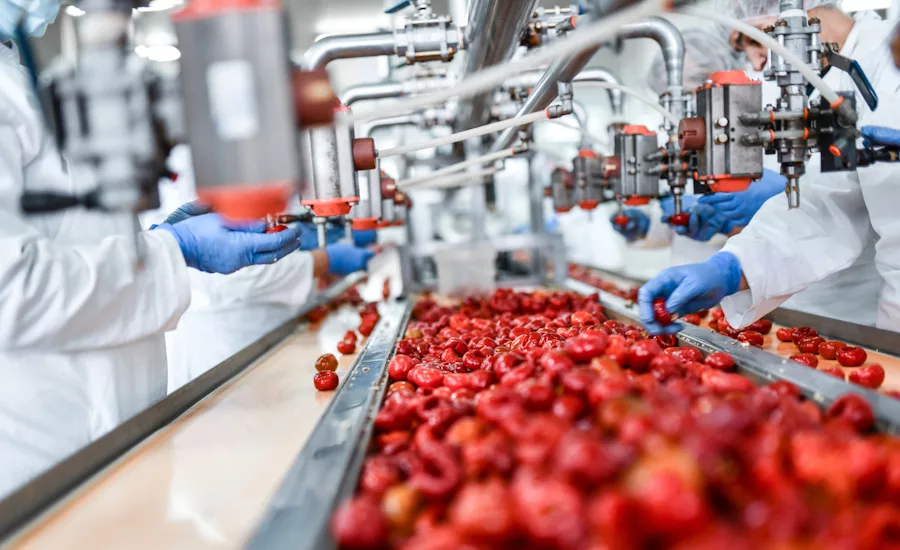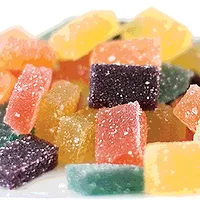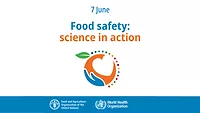BIZTRACKS
Science in Action: How Nanobubbles Are Advancing Food Safety Standards

Image credit: Moleaer
This year’s World Food Safety Day theme, "Science in Action," reminds us: Science does not only belong in the lab. It must be applied and tested where food is grown, processed, and prepared.
One overlooked but critical opportunity in food safety is water management, especially as an alternative to complex, residue-forming chemical sanitizers prone to human error. Water touches every point of the food supply chain—from irrigation to sanitation—yet it is often treated as a utility, not a food safety risk or innovation opportunity.
As climate pressures intensify, pathogens evolve, and regulatory expectations rise, applying science to manage water quality is a key step toward a safer food system. This is where nanobubbles emerge as a powerful tool.
Understanding The Science of Nanobubbles
Nanobubble technology uses gas-infused nanobubbles to enhance disinfection and control contamination. Though new to many, the science is well-established and is advancing food safety standards.
Nanobubbles are less than 200 nanometers in diameter, or about 2,500 times smaller than a grain of salt. Unlike regular bubbles, nanobubbles stay suspended and evenly dispersed in liquids, delivering gases like oxygen and ozone precisely where it is needed.
Nanobubbles:
- Increase gas solubility, which improves delivery and retention of gases like oxygen or ozone.
- Enhance mass transfer and surface contact, allowing more efficient and uniform disinfection.
- Feature a physical scouring effect that cleans surfaces and removes contaminants.
When combined with ozone, nanobubbles become a powerful cleaning and sanitation tool, avoiding residues and complex handling, which are common with traditional chemicals.
Water as a Critical Control Point
Water often lacks attention in food safety plans despite its role in produce washing (where rinse water can spread pathogens), equipment sanitation (biofilm builds in pipes and tanks), aquaculture, hydroponics, and water reuse systems where microbes persist.
Looking for quick answers on food safety topics?
Try Ask FSM, our new smart AI search tool.
Ask FSM →
Nanobubble technology is not a replacement for good hygiene practices, but is a science-backed tool to strengthen systems already in place.
Science in Action: Benefits of Nanobubble Technology
Nanobubbles offer operational and microbiological benefits and are catching the attention of food safety leaders.
Enhanced Ozone Efficacy
Ozone is GRAS-approved by the U.S. Food and Drug Administration (FDA) and widely used on food contact surfaces. When it is delivered through nanobubbles, its effectiveness improves significantly. Nanobubbles stabilize ozone, providing a residue-free alternative to traditional sanitizers, without manual dosing or uneven application risks.
Produce washing trials show ozone nanobubbles achieve over 4-log (99.99 percent) reductions in common foodborne pathogens with produce present, at least 10 times better performance (1-log improvement) than traditional chemical sanitizers. Other studies have shown that ozone nanobubbles can achieve 8-9-log reductions of foodborne pathogens in inoculated water, indicating a high level of antimicrobial efficacy.
Ozone nanobubble technology offers a “unique combination of oxidative power and physical penetration that enhances microbial reduction on contact surfaces in wash systems,” says Dr. Al Baroudi, Vice President of Quality Assurance and Food Safety at The Cheesecake Factory Inc. Unlike traditional sanitizers, he explains, “Nanobubbles maintain stability and reactivity in solution, enabling consistent, residue-free sanitation.”
Dr. Baroudi has witnessed its effectiveness firsthand in both pilot and commercial settings, calling it a valuable tool in food safety: “In my opinion, ozone nanobubbles can be the silver bullet in a food safety protocol, when properly understood and applied to their full potential. Their unique ability to deliver highly reactive ozone in a stable, residue-free form makes them exceptionally effective at controlling a broad range of pathogens, spoilage bacteria, viruses, and more across various applications."
Biofilm Penetration
Biofilms are notoriously difficult to eliminate, often shielding microbes from standard sanitizers. Nanobubbles' small size and scouring disrupt biofilms, making Clean-in-Place (CIP) more effective and reducing harsh chemicals or manual scrubbing.
Water Reuse Without Elevated Risk
In reuse and recirculation systems, nanobubbles lower microbial loads and oxygenate water more efficiently, enabling confident water reuse and supporting sustainability goals without compromising food safety. This is especially valuable in water-intensive operations like produce processing.
The Role of Innovation in Food Safety
Food safety is not static. As pathogens evolve and supply chains grow more complex, our tools and techniques must evolve, too. We must look beyond conventional practices and embrace science-backed technologies.
Nanobubble technology is just one example of “science in action” solving persistent challenges in sanitation and water reuse. More broadly, it embodies this year’s World Food Safety Day focus: putting science to work where it matters most.
From produce washing to recirculating water systems, science in action is what keeps food safe and the industry evolving.








